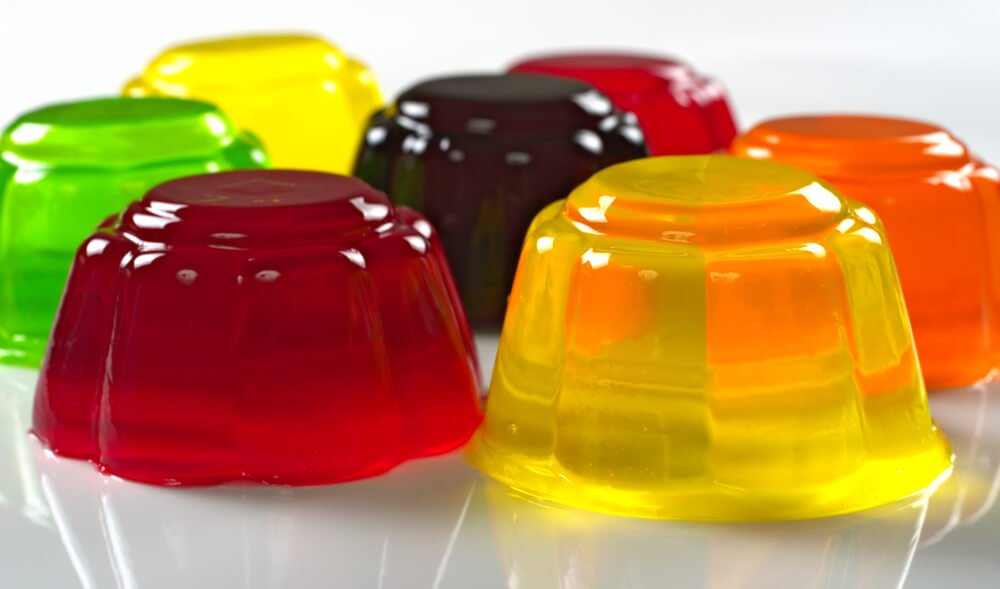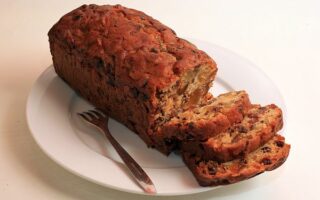Making jelly is an enjoyable and creative activity that can add a delightful touch to any meal or occasion. Whether aiming for a classic fruit jelly or experimenting with more adventurous flavors, the key to perfecting your creation is understanding how long it takes to set. Jelly setting times can vary based on several factors, but with the proper knowledge, you can ensure your jelly comes out firm, wobbly, and ready to impress every time.
Factors Influencing Jelly Setting Time

- Setting Agent: The setting agent (gelatin or pectin) significantly affects setting time. Gelatin sets faster and more firmly, especially in cold environments, while pectin requires sugar and acid to gel and may have variable setting times.
- Temperature: Cold temperatures accelerate the setting process, making refrigeration a preferred method for quicker jelly setting.
- Mold Size and Depth: The physical dimensions of the jelly mold influence setting time, with thinner layers setting more rapidly than thicker ones.
- Sugar and Acid Content: The presence and concentration of sugar and acid in the mixture impact the setting behavior of pectin-based jellies, generally leading to faster setting times with higher concentrations.
- Environmental Factors: External conditions, such as the ambient temperature and the consistency of the environment (e.g., a refrigerator’s cold setting), play a crucial role in the speed and efficiency of the jelly-setting process.
Refrigerator Setting
The refrigerator is the most commonly used method to set jelly, balancing speed and control. Typically, gelatin-based jelly requires about 2 to 4 hours to develop properly in the refrigerator. However, this can vary based on the specific recipe and the factors mentioned previously. It’s essential to closely follow the instructions on the gelatin packaging or within the recipe to achieve the best results.
Recipes that use pectin might have slightly different requirements due to the need for sugar and acid to activate the pectin. Regardless of the setting agent, the refrigerator provides a consistently calm environment that encourages the jelly to firm up without freezing, preserving its texture and flavor. The wait might seem long for those eager to dive into their jelly creation, but patience is vital. The setting time ensures that the jelly holds its shape and delivers the perfect mouthfeel and taste.
Freezer Acceleration Method

For those in a hurry or simply eager to enjoy their homemade jelly sooner, the freezer presents an attractive option to accelerate the setting process. Transferring the jelly mixture to the freezer can significantly reduce the setting time to approximately 1 to 2 hours. This method works well when pressed for time, but it requires careful monitoring to avoid freezing the jelly solid, altering its texture, and making it difficult to consume.
The key to using the freezer effectively is to check on the jelly regularly. You should look for the mixture to firm up to the desired consistency without letting it freeze. This might involve stirring the jelly occasionally or checking its consistency every 20 minutes. Once the jelly has reached a satisfactory level of firmness, transfer it to the refrigerator to prevent it from freezing and stabilize its texture. This method can be a game-changer for last-minute preparations or when you need your jelly to be ready in a shorter timeframe.
Room Temperature Setting

Setting jelly at room temperature is less common due to the extended time required, usually around 24 hours. This approach is generally reserved for specific types of jelly, especially those that utilize natural pectin from fruits, which gel without refrigeration. The slow setting process at room temperature can be beneficial for developing flavors, but it’s only practical for some situations, especially if you’re looking to serve your jelly relatively quickly.
The main challenge with room temperature settings is ensuring the environment is consistent. Fluctuations in temperature can affect the setting process, leading to a jelly that doesn’t firm up as expected or takes even longer to set. If you choose to set your jelly at room temperature, ensure it’s covered and placed in an area away from direct sunlight or drafts, which could interfere with the gelling process. Patience is crucial with this method, but the results can be rewarding for those willing to wait.
The Bottom Line
Mastering jelly-making involves patience and learning how different factors affect setting times, from using refrigeration for a balance of speed and texture to employing the freezer for quicker results. Exploring room temperature settings offers depth in flavor, while quick tips and the plate test ensure the desired consistency. Success in jelly making comes from carefully monitoring and adjusting the process, empowering you to craft impressive jellies confidently.



